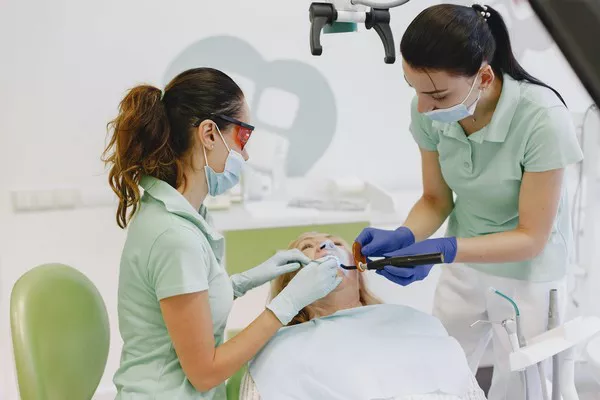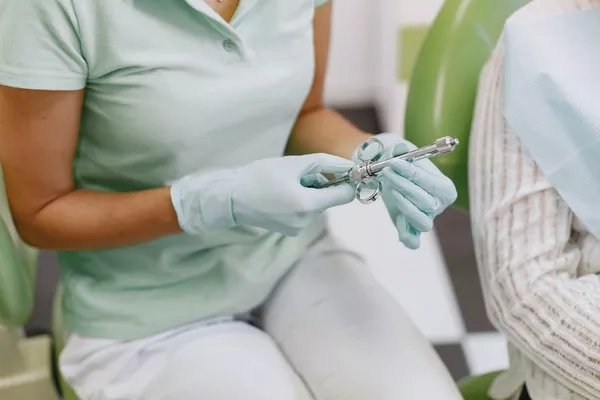Teeth whitening strips have become a popular choice for achieving a brighter smile in the comfort of your own home. However, many people are unsure about the appropriate waiting period before eating or drinking after using these strips. It is essential to understand the recommended time frame to maximize the effectiveness of the whitening treatment while ensuring the safety and longevity of your results. In this article, we will delve into the factors that influence the waiting period, provide general guidelines, and offer tips for maintaining a healthy post-whitening routine.
1.Understanding Teeth Whitening Strips
Teeth whitening strips consist of thin, flexible plastic strips coated with a layer of tooth-bleaching gel. This gel typically contains hydrogen peroxide or carbamide peroxide, which helps remove surface stains and lighten the color of your teeth. When applied correctly, the gel adheres to the surfaces of your teeth, allowing the active ingredients to break down stains and discoloration.
2.Factors Influencing the Waiting Period
The waiting period before eating or drinking after using teeth whitening strips can vary depending on several factors, including:
Product instructions:
The most reliable source of information regarding the waiting period is the product’s packaging or accompanying instructions. Different brands may have varying recommendations based on the concentration of the bleaching agent and formulation. Always refer to the specific guidelines provided by the manufacturer.
Gel formulation and strength:
The type and strength of the whitening gel can impact the waiting period. Stronger formulations may require a longer waiting time due to increased potency and potential sensitivity.
Contact time:
Teeth whitening strips are designed to be worn for a specific duration, typically ranging from 5 minutes to 30 minutes per application. Longer contact times may mean that the whitening gel has had more time to penetrate the tooth structure, which can affect the recommended waiting period.
Tooth sensitivity:
Individuals with pre-existing tooth sensitivity may need to wait longer before eating or drinking after using whitening strips. This allows the teeth to recover from any potential sensitivity caused by the bleaching process.
3.Recommended Waiting Period
While waiting periods can vary, it is generally advisable to adhere to the following guidelines:
Follow product instructions:
Carefully read and follow the instructions provided with your teeth whitening strips. The manufacturer’s recommendations will provide specific guidance on when it is safe to eat or drink after using the product.
Immediate post-treatment:
Immediately after removing the whitening strips, it is recommended to wait at least 15-30 minutes before consuming any food or beverages. This allows the active ingredients to settle and reduces the likelihood of diluting or interfering with the whitening process.
Longer waiting times:
Some products may recommend waiting for an extended period, such as 60 minutes or longer, before eating or drinking. If the instructions specify a longer waiting time, it is crucial to comply for optimal results.
Be mindful of staining substances:
Even after the initial waiting period, it is advisable to avoid consuming foods and beverages that are known to stain teeth, such as coffee, tea, red wine, and highly pigmented fruits like berries. These substances can compromise the whitening effects and lead to new stains.
4. Post-Whitening Oral Care Tips
To maintain the whiteness of your smile and ensure long-lasting results, consider implementing these post-whitening oral care tips:
Practice good oral hygiene:
Brush your teeth twice a day using a fluoride toothpaste and floss daily. Proper oral care helps remove surface stains and prevents the buildup of plaque, ensuring a healthier and brighter smile.
Rinse your mouth:
After consuming foods or beverages that may cause staining, rinse your mouth with water or use an alcohol-free mouthwash to minimize the impact on tooth color.
Use a straw:
When drinking colored beverages, consider using a straw to limit direct contact with your teeth and reduce the risk of staining.
Avoid smoking and tobacco products:
Smoking not only stains teeth but also increases the risk of gum disease and oral cancer. Quitting smoking can help maintain the whiteness of your teeth and improve overall oral health.
Regular dental check-ups:
Schedule regular dental visits for professional cleanings and check-ups. Your dentist can assess your oral health, recommend appropriate whitening maintenance strategies, and address any concerns you may have.
Conclusion
Achieving a bright and radiant smile with teeth whitening strips requires understanding the waiting period before eating or drinking. Following product instructions, waiting for the recommended time frame, and practicing good oral hygiene are essential for optimal results. By being mindful of staining substances and incorporating these post-whitening tips into your routine, you can ensure a healthier, whiter smile that lasts.
Related Topics:





























